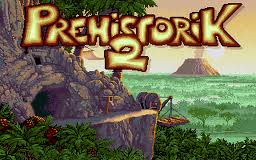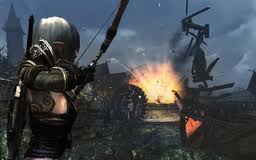A simple periscope can be done using two flat mirrors, inclined at 45 °. The light is reflected by the mirror from the top to the bottom. It is then possible to see an object over a wall, or over the water, when one is in a submarine.
The submarines have periscopes that allow you to see what's going on over the water when the device is submerged. Sometimes submarines sail by letting their periscope pass. But the longest of the periscopes, 27 m, is on land, in a laboratory in the United States where you can study nuclear reactors without exposing yourself to dangerous radiation.

































